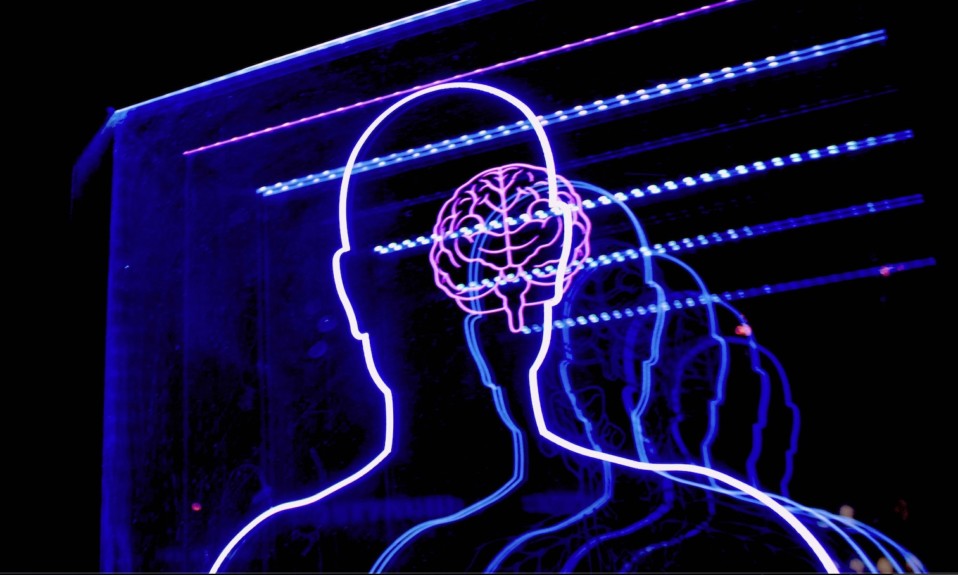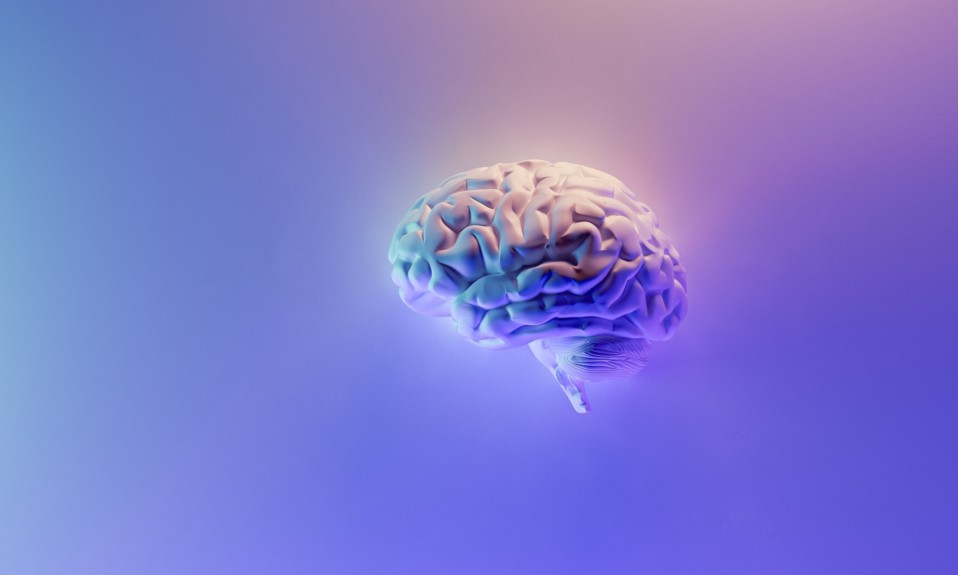Scientists have demonstrated how a certain protein can “control the way neurons talk to each other” and inhibit substance cravings
By Jason Langendorf
Scientists studying ways to manipulate the brain are encouraged by the potential of a fish protein to treat addiction and other conditions.
The study, led by researchers at the University of Washington School of Medicine and recently published in the journal Neuron, demonstrates that a light-sensitive protein called parapinopsin has the ability to “turn off” brain circuits. Harvested from lamprey—an eel-like fish that was among the first vertebrates to evolve—parapinopsin might ultimately be used to inhibit the neurons associated with addiction, as well as pain and mood disorders.
This is a perfect rationale for why basic science is so incredibly important. Because of someone’s hard work of basic biological discovery, we have a new tool for medical research.”—Michael Bruchas, University of Washington School of Medicine
Said lead corresponding author Michael Bruchas, Ph.D., professor of anesthesiology and pain medicine at the University of Washington School of Medicine and co-director of the Imaging and Neural Circuits Core of the Center for Neurobiology of Addiction, Pain and Emotion: “We found a particular protein that comes from lamprey that has been around for hundreds of millions of years. We took the gene from that protein and found we can control the way neurons talk to each other, which is how chemicals are transmitted into the brain.”
Manipulating Brain Pathways
Neuroscientists have long worked with the light-sensitive proteins in plants and bacteria to explore how they might be used to manipulate neural pathways. Bruchas credits the discovery of parapinopsin to researchers at Osaka City University in Japan, who have been identifying G protein-coupled receptors (GPCR)—a family of cell surface receptors—in a variety of species.
GPCR control a number of biological functions and can be found in organisms as differentiated as bacteria and humans. But the UW-led study is the first time parapinopsin has been used from lampreys in an effort to control brain activity, according to Bruchas. Whereas most GPCR respond to chemicals such as dopamine and serotonin, parapinopsin reacts to UV light, which eventually could provide more options for delivery of treatment.
“This is a perfect rationale for why basic science is so incredibly important,” Bruchas said. “Because of someone’s hard work of basic biological discovery, we have a new tool for medical research.”
Researchers from UCLA, UC Davis, UC San Diego and the University of Zurich also contributed to the Neuron study. Bruchas said his group will continue to build on its addiction research by further exploring brain function in hopes of developing breakthrough treatments.
Image: Bret Kavanaugh













